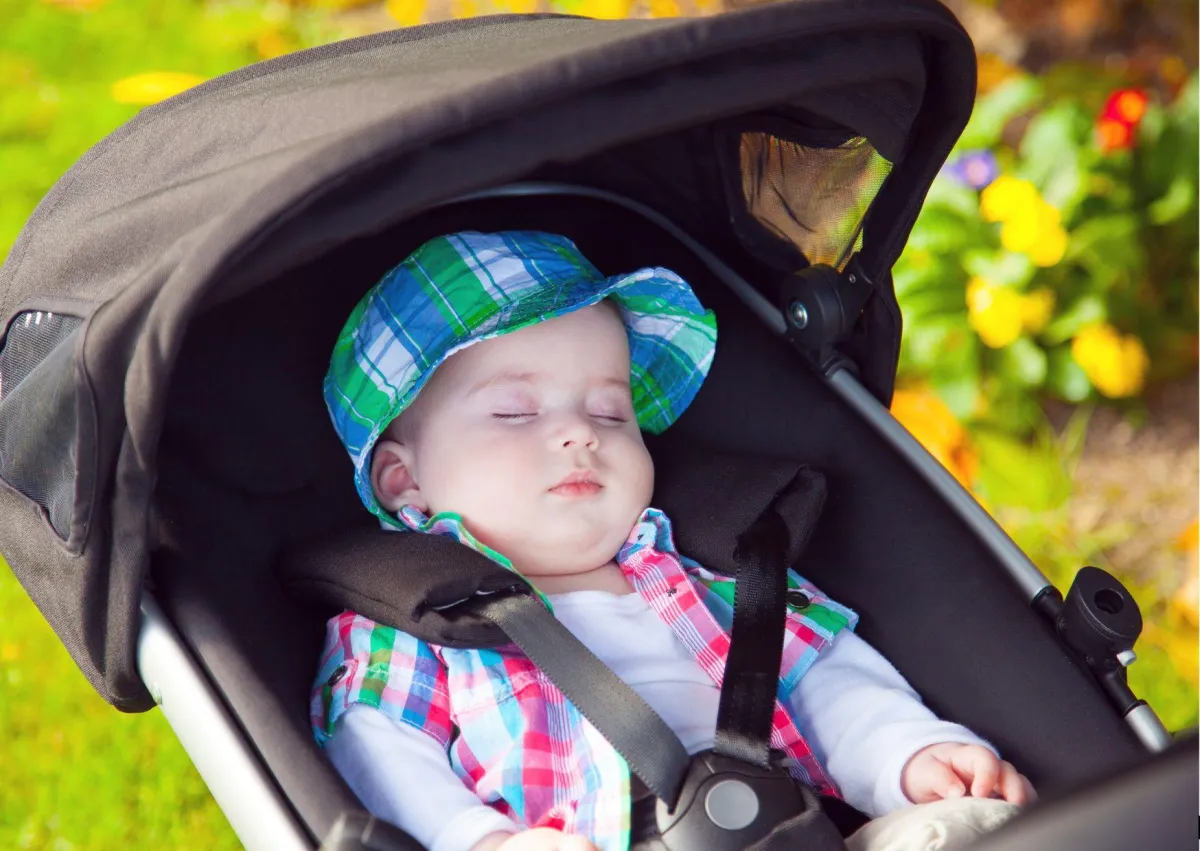
How to Manage Your Baby's Sleep During Travel

Managing Your Baby’s Sleep During Travel
Traveling with babies can be an exciting yet challenging experience, especially when it comes to maintaining their sleep schedule. Disruptions in routine, unfamiliar environments, and changes in time zones can all impact your baby’s sleep. However, with some planning and strategies, you can help your baby sleep well during travel.
Stick to a Routine
One of the most effective ways to manage your baby’s sleep during travel is to stick to their usual routine as much as possible. According to sleep expert Dr. Sofia Axelrod, maintaining consistent feeding, naptime, and bedtime schedules can significantly reduce sleep disruptions. If your baby is used to a particular bedtime ritual, such as a bath followed by a story, try to replicate this routine while traveling.
Adjust to Time Zones Gradually
If you are traveling across time zones, gradually adjusting your baby’s schedule can help. Start shifting their sleep and wake times by 15-30 minutes each day leading up to your trip. This gradual adjustment can help minimize the impact of jet lag. For shorter trips, consider keeping your baby on his/her home time zone to avoid disruptions altogether.
Create a Sleep-Friendly Environment
Creating a familiar and comfortable sleep environment is crucial. Bring along your baby’s white noise machine, pack n’ play, and portable blackout curtains or a blackout cover for the pack n’ play. These items can provide a sense of security and familiarity. Also ensure that the sleep area is a comfortable temperature.
Plan Smart Travel Times
Whenever possible, plan your travel around your baby’s sleep schedule. For instance, booking flights or car rides during your baby’s usual naptime can help them sleep through the journey. If you have a long flight, consider booking an overnight flight so your baby can sleep through most of it.

Scheduling Naps
To avoid overtiredness, causing increased fussiness and difficulty falling asleep, be strategic about your baby’s naps while traveling. Try to squeeze at least one quality nap a day at your hotel into your travel schedule. While you’re out exploring, aim for short, on-the-go naps near usual naptimes in the car or stroller. A portable white noise machine and a cover to shield light can be useful for on-the-go naps. When possible, consider taking a break from sightseeing to allow your baby to nap in a quiet place.
Be Flexible and Patient
Despite your best efforts, travel can be unpredictable, and your baby’s sleep might still be disrupted. Be flexible and patient, allowing extra time for naps and adjusting plans as needed. If your baby misses a nap or has a rough night, try to make up for it the next day by providing opportunities for extra rest.
Seek Help
Some parents report that their babies’ sleeping habits have become worse since their last vacation. If your baby is experiencing a sleep regression due to changes of routine during travel, seek advice from a baby sleep consultant.
